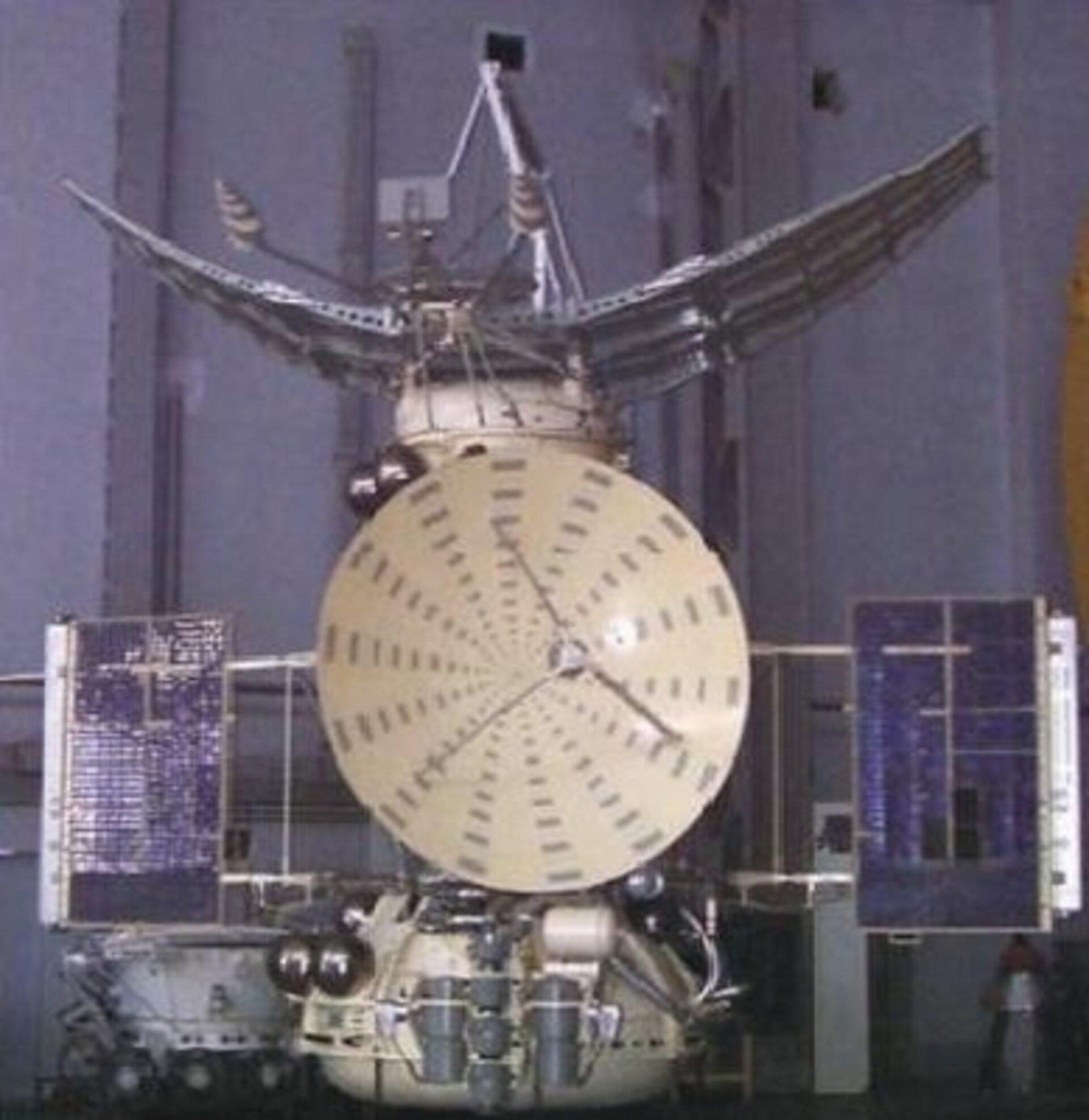Russia Plans To Explore Venus Without NASA

Credit: European Space Agency
Russia plans to send the Venera-D exploration mission to Venus without NASA participation, albeit with less ambitious scientific goals. The mission concept was being studied beginning in the mid-2010s by Russia’s IKI Space Research and the NASA Glenn Research Center, but that international...
Subscription Required
Russia Plans To Explore Venus Without NASA is published in Aerospace Daily & Defense Report, an Aviation Week Intelligence Network (AWIN) Market Briefing and is included with your AWIN membership.
Already a member of AWIN or subscribe to Aerospace Daily & Defense Report through your company? Login with your existing email and password.
Not a member? Learn how you can access the market intelligence and data you need to stay abreast of what's happening in the aerospace and defense community.



